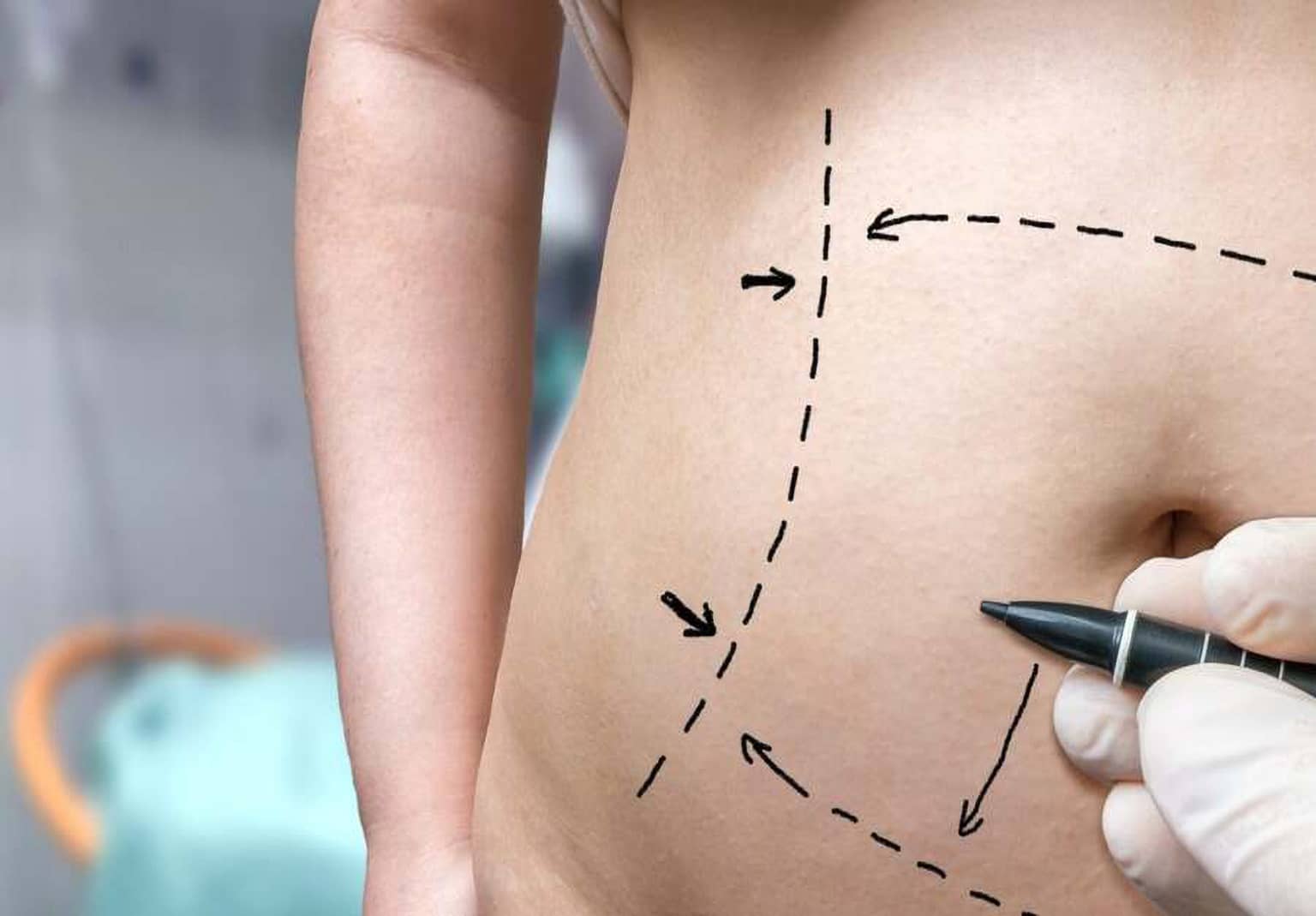People usually hear about breast-related cosmetic procedures in the context of breast augmentation, a breast lift, or even breast reduction. However, another type of procedure that doesn’t get as much attention is the correction of breast asymmetry.
More Common Than You Think
Breast asymmetry occurs in a large portion of the population (one study found 88 out of 100 women had slight asymmetry), but it’s usually not an issue unless the breasts are noticeably different. Breast asymmetry starts to be noticeable to others when it reaches a difference of about one cup size. When that’s the case and the patient suffers discomfort or embarrassment because of the condition, a cosmetic procedure can help give the breasts a more even appearance.
Breast asymmetry can be corrected with a variety of techniques, depending on the patient’s unique situation. Typically, if volume is an issue, breast implants can help to even out the volume, though, usually, the doctor will want to put an implant in both breasts (one slightly smaller than the other) for a more even appearance. A breast lift to one or both of the breasts is also a possibility, as is a reduction in the larger breast to bring it down to the size of the smaller one.
Types of Implants
Silicone gel implants have a more natural look and feel, and are therefore the most popular type of implant in many countries. However, because they are filled prior to insertion, they require a larger incision and thus leave a longer scar. They also come in standard sizes, which may be a problem for giving the two slightly different breasts an identical appearance.
Saline implants have the advantage of being filled after insertion. Thus, they require a smaller incision and leave a shorter scar. Their volume can also be adjusted during the surgery for fine-tuning to the patient’s body. The disadvantage of saline-filled inserts is that they present a greater risk for rippling and palpability.
In your consultation, some topics to discuss with your surgeon include:
- Sizing, implant placement and incision type
- Risks and benefits of surgery
- Expected outcomes
- Recovery time and pain to be expected
- Cost of surgery (including implants, anesthesia, facility fees and surgeon fees)
Think it may be time to correct your breast asymmetry? Reach out to us today to set up a consultation!





